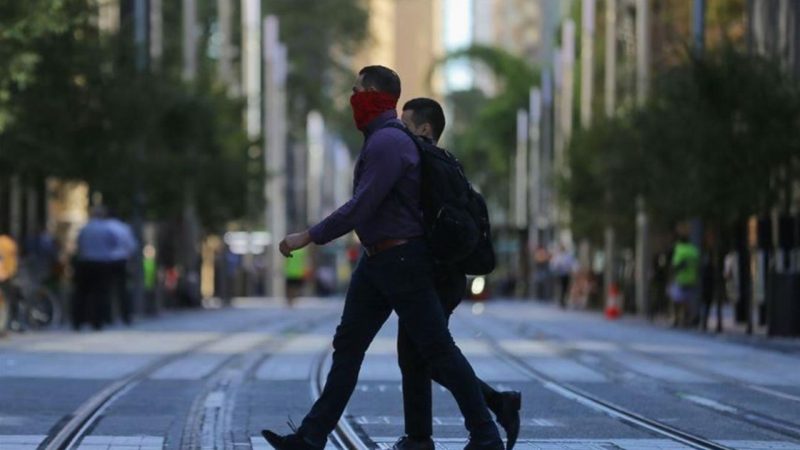- Billions of dollars in government stimuli have been paid and shops have been frozen to curb the spread of COVID-19 in Australia
- Now that infection numbers are low and lockdowns are largely beginning to lift, how much more will it cost to keep the virus at bay?
- Liquor and home renovation retailers have boomed during the crises, while cafes and many brick-and-mortar stores have suffered
- Interestingly, however, personal insolvencies have fallen this year so far, compared to 2019
- The coming months will illustrate just how quickly Australia can recover from the sudden — albeit brief — major loss of jobs
With over $200 billion injected into the Australian economy as part of a string of government rescue packages, it’s clear the COVID-19 pandemic has taken a heavy financial toll on the country.
However, even taking into account the recent outbreak in Victoria, COVID-19 cases in Australia are remarkably low. Of the 10.8 million cases worldwide, Australia accounts for just 8000, according to John Hopkins University. Of the 520,000 global deaths, only 104 have occurred in Australia so far.
But what did it cost to keep cases so subdued?
Long-term payment
On top of the hefty government spending, lockdown and social distancing measure kept Australians — and their wallets — out of local stores.
While many online businesses thrived, brick-and-mortar stores were dropping extra weight just to stay afloat. The result was one in five Australians either losing their job or having their hours slashed from March to May.
Of course, with lockdowns gradually lifting in many places around Australia, many companies are waking up from hibernation and getting back to business-as-usual — and returning with them are the lost jobs and hours. This means already, the country has started to see a quick recovery in economic activity after the nationwide lockdowns.
Yet, while it’s tough to predict the future of employment in Australia, given the dramatic developments in the coronavirus crisis seen each month, the Reserve Bank and Australian Bureau of Statistics are predicting subdued employment even into mid-2022. The general consensus seems to be that we will quickly climb out of the trench, but feel the side effects for quite some time.
Thus, even as the virus subsides, Australia’s lockdown decisions could mean we are paying for our lowered infection rate for years to come.
While COVID-19 has brought on tough economic conditions for many businesses, some retailers have seen an upside.
Where did the spending go?
Though some sectors certainly suffered, others boomed. Recent data released by the Chamber of Commerce and Industry (CCI) in WA, where lockdowns have all but come to an end, showed West Australians spend almost 50 per cent more on liquor in May 2020 than they did in May 2019.
Businesses related to home renovations also saw a boom, with hardware and garden supplies and electrical spending higher by upwards of 40 per cent. Furniture, textiles, and department stores also saw higher traffic than this time last year.
On the reverse, clothing, cafes, cosmetics, and books all saw significantly subdued sales in May. CCI Chief Economist Aaron Morey said the boom in home renovations is likely unsustainable going forward, but this could perhaps help offset some of the heavier COVID-19 related costs.
Personal prudence
Interestingly, personal Australian finances seem to be faring well, despite the virus.
Taking a look at the latest insolvency data from the Australian Financial Security Authority, new personal insolvencies in Australia were down 16.5 per cent over the March 2020 quarter compared to the March 2019 quarter.
Over April, personal insolvencies across the country averaged around 830. Over May, the average was around 670. Over June, just 580.
For reference, average personal insolvencies across July 2019 were around 1080, and 860 in August.
This data suggests that though an unprecedented amount of Australians suddenly found themselves out of a job, they were not at the end of their rope when the virus struck.
While bankruptcy doesn’t come suddenly, the fact that a large portion of those without a job have not filed for insolvency as the economy reopens is a promising sign that on a personal level, the costs of keeping the virus at bay may not be too severe. The hefty government stimuli likely play a key role in this, too.
Looking ahead, the coming months will be telling regarding how much we still have to pay to defeat the virus.

